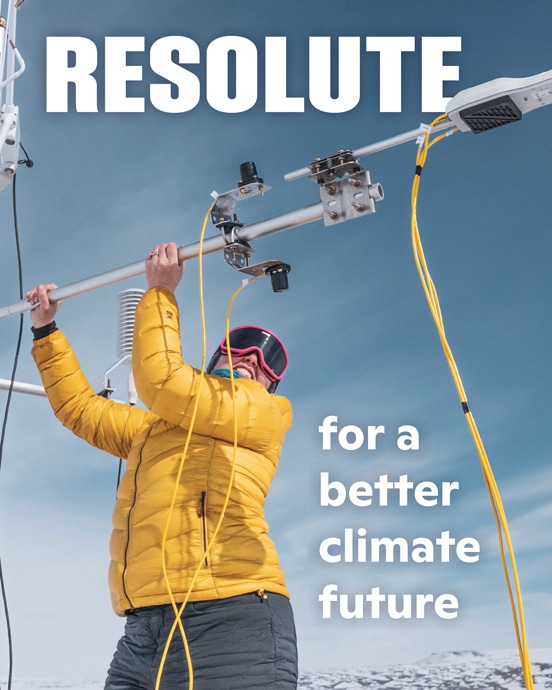Visualizing our future is critical to motivating wise choices today. In this endeavor, speculative fiction is a powerful complement to scientific projections. The final event in the series explores success and failure through the eyes of creatives and invites audiences to activate their own imaginations.
Preventing catastrophic climate change will require not only the elimination of fossil fuel emissions, but also pulling significant amounts of carbon back out of the atmosphere. Natural ecosystems, from forests to marshes, currently absorb and hold a quarter of human carbon dioxide emissions, and there is potential for nature to do even more. But nature, alone, cannot meet the full scope of the challenge. On the other hand, new technologies may not be viable soon enough to make a difference. We bring together diverse expertise to explore the combined potential of natural and technological carbon capture and storage for restoring a stable climate.
Ecosystems that have long absorbed and stored carbon threaten to become emissions sources, and ice sheets may be committed to complete melting long before they’ve disappeared. This cutting-edge discussion asks how close we are to climate tipping points, and what it would take to turn around.
Arctic permafrost and tropical forests are two of the most powerful natural drivers of our climate system, and both are approaching the point of tipping from carbon sinks to carbon sources–with potentially catastrophic consequences. At the same time, the ice sheets of Greenland and Antarctica are nearing points of no return, beyond which they may be committed to complete melting that would cause massive sea-level rise. Continuing to emit greenhouse gases without knowing where these tipping points lie is like driving toward a cliff in the fog. This gripping event will explore what we know–and need to know–to avoid going over the cliff.
From The Guardian: Bob Ward, the policy and communications director at the Grantham Research Institute on Climate Change and the Environment at the London School of Economics, said: “Scientists have identified several potential regional and global thresholds or tipping points in the climate beyond which impacts become unstoppable or irreversible, or accelerate. They could create huge social and economic responses, such as population displacements and conflict, and so represent the largest potential risks of climate change. Tipping points should be the climate change impacts about which policymakers worry the most, but they are often left out of assessments by scientists and economists because they are difficult to quantify.”
Despite public perceptions, 1.5C degrees of warming has never been “safe,” and current events are raising awareness of the severity of impacts we face. This hard-hitting event brings into sharp relief the near-term physical, socioeconomic, and geopolitical risks of continued warming, and spotlight the power of internalizing climate risk for driving change in public- and private-sector decision-making.




